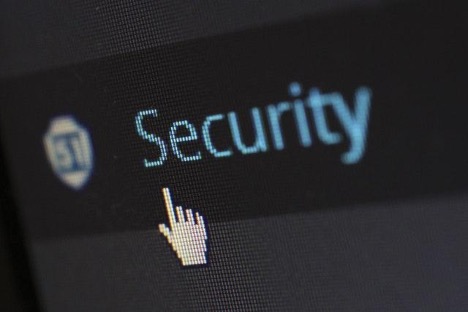As one of the most important financial numbers in your possession, your credit score needs protection.
Lenders look at this three-digit number before they approve your application for a mortgage, installment loan, or credit extension on one of your credit cards. If they like what they see, you’ll breeze through these applications. But if you show off a bruised score, you may hit some snags.
There are many reasons why you might have bad credit. You may have fallen onto hard times, made too many bad decisions, or become a victim of identity theft.
If given the chance, fraudsters will steal your personal information and take your score for a ride, so don’t give them one. Safeguard your credit, whether you’re looking for an online loan soon or just want to maintain your score. Here are four ways to prevent identity theft.
1. Don’t Over Share Online
Your social media accounts are a hotbed of personal information. If you don’t set your accounts to private, any stranger on the Internet can see every photo and quiz you post.
While there’s nothing inherently wrong with sharing these things with the world, they do increase your chances of becoming a victim of identity theft. It won’t take much to put two and two together about important details about your life, such as your birthday, location, and children’s names.
In the wrong hands, these details can help a fraudster hack one of your financial accounts or take out payday loans in your name. That’s why you should lock down your account, adding only people you trust.
More still, be wary of posting quizzes on social media. They get you to answer common security questions like “what is your mother’s maiden name?” or “what the street you grew up on?” and some also data mine your app to snag your profile details.
2. Make Strong, Unique Passwords
Age-old advice says to create a strong, unique password for every financial account you have. This protects you in two different ways.
Firstly, a strong password is hard to hack using brute force.
It doesn’t include an easy-to-guess phrase, date, or name, so the average fraudster would have to invest too much time testing possible passwords. That’s time they don’t have, so they’ll most likely move onto an easier target.
Secondly, it protects you if you’re involved in a large data breach.
Data breaches happen when cybercriminals target large banks, online direct lenders, and other financial institutions, hacking their servers to steal customers’ emails and passwords.
If you used the same password and email combination as the one exposed, you’ve just handed these fraudsters the keys to all your accounts — from your emergency savings and online loans to insurances, investments, and more. But if you use a distinct password for each financial account, you’ll limit your exposure to that one account.
3. Understand Phishing Attacks
Not every case of identity theft happens after a brute force attack or large-scale data breach. Sometimes, you accidentally give away information to the wrong people without realizing it. This is the goal of phishing attacks.
Fraudsters impersonate well-known organizations and financial institutions by designing emails that look almost identical to the real thing. They go to all this trouble to trick you into clicking predatory links, downloading corrupted files, or sharing confidential information.
But almost identical isn’t a perfect match. There are signs that you’re dealing with a phishing attack, such as an unusual domain name, spelling errors, and unusual requests. Phishing scams try to get you to share login credentials, so they usually request you confirm your personal information or reset your password by following a predatory link.
Always scroll through your inbox cautiously. Check a sender’s domain to ensure an email is coming from a legitimate source when your personal info is on the line, and hover your mouse over attachments and links. This will show you the destination without having to click on it. If something looks fishy, trust your gut and don’t take the bait.
5. Review Your Financial Statements
If something happens despite your best efforts to shield your identity from prying eyes, your financial statements act as an early warning system. You can spot any suspicious activity, including unusual withdrawals or purchases, and alert the proper authorities.
Make it a habit to look over these statements every month:
- Bank accounts
- Credit cards
- Line of credit loans
- Personal loans (including any auto loans, cash advances, or installment loan you have in your name)
You’ll also want to get into the habit of checking your credit report somewhat regularly. While you don’t have to do it as often as reviewing your bank statements, you should aim to check-in with your report at least three times a year.
You review your report to ensure there are no inaccuracies or errors that may be unfairly lowering your score. It’s also a chance to spot any fraudulent payday direct loans or cash advances that a fraudster may open in your name.
Stay on Top of It
Identity theft and fraud are reversible, but it’s not an easy process. You have to prove you didn’t make a purchase or sign up for a new payday loan, then wait until the involved parties sort it out. Until then, you could see your credit score dip and run into problems when qualifying for an installment loan or personal line of credit.
The easier route? Don’t become a victim. Be proactive and protect your identity.
Cybersecurity is not a one-time vaccination that inoculates against identity theft. It’s an on-going treatment plan. That means you’ll have to follow these tips to stay safe any time you’re online.



 Bitcoin
Bitcoin  Ethereum
Ethereum  Tether
Tether  XRP
XRP  Solana
Solana  USDC
USDC  TRON
TRON  Lido Staked Ether
Lido Staked Ether  Cardano
Cardano  Avalanche
Avalanche  Toncoin
Toncoin